
Posts Tagged: native plants
All-Star presentation at Goebel Center
UC Davis Arboretum All-Stars are plants tested by University of California horticultural staff. These plants are tough, reliable, easy to grow, don’t need a lot of water, have few problems with pest or diseases and have outstanding qualities in the garden. Many support native birds and plants.
Karrie Reid, UCCE Environmental Horticulture Advisor for San Joaquin County, performed trials on potential UC Davis Arboretum All-Stars as part of her Master’s Thesis work. She is an enthusiastic proponent of beautiful plants that require little water and even fewer chemical inputs.
Karrie will be at Thousand Oaks Goebel Center on Saturday, November 12 from 9:45 to 11:30 am. To find out more about this fabulous, free educational opportunity, or to register please see our Master Gardener website.
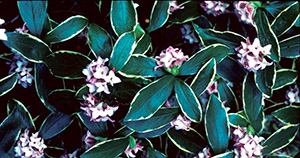
Channel Island National Park Native Plant Garden
Channel Island National Park Visitor Center is located in the Ventura Harbor. The center allows visitors to view displays, exhibits, and watch a movie that capture the life and character of each island.
On weekends and holidays National Park Rangers offer a variety of free programs to share additional information about the islands with the public.
UC Cooperative Extension Master Gardeners are part of this fun and educational center. They are busy in the Native Plant Garden, which is located at the front of the visitor center. Pulling weeds and pruning are weekly tasks. Design, site preparation, planting, and irrigation installation and repairs are some other regular activities in the garden.
Master Gardener volunteers also identify and research various native plants. The garden is extra special as it showcases plants endemic to the Channel Islands in addition to plants native to mainland Southern California. The endemic island plants are propagated from seeds collected on the islands and grown in the garden greenhouse.
Next time you are at the Ventura Harbor, be sure to stop by the Visitor Center and see this beautiful and unique garden!
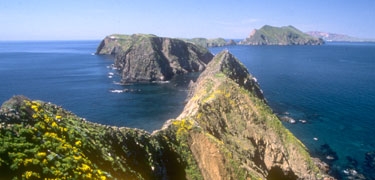
California Oak Mortality Task Force
The California Oak Mortality Task Force (COMTF) works to manage Sudden Oak Death (SOD) in California. Those working with the task force include: research and educational institutions; public agencies; non-profit organizations; and private interests.
SOD is caused by the pathogen Phytophthora ramorum. It affects oaks and other host plants and trees. This pathogen thrives in cool, wet climates. “In California, coastal evergreen forests and tanoak/redwood forests within the fog belt are the primary habitat…Nurseries outside of these cool, moist areas often create microclimates which mimic the preferred environment of P. ramorum and allow it to grow and spread far from the coast.” While there is no cure, there are preventative measures that may protect plants.
The goals of COMTF are to:
- Minimize the impact and spread of Phytophthora ramorum on natural, agricultural, and human communities
- Coordinate an integrated response by all interested parties to address Phytophthora ramorum
- Serve as liaison to local, state, national, and international groups
Their website is easy to navigate and is well written. In addition to the text there are plenty of photos, maps, and videos to further educate site visitors about this disease.
To date there has been no confirmed SOD in Ventura County; however, there is much interest in this subject locally. Please visit the COMTF site to learn more.
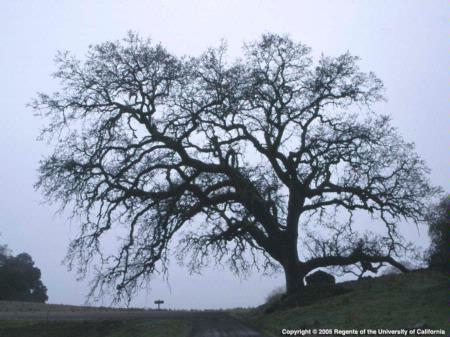
Poison Oak
Poison oak is the most hazardous plant in California. It gained this distinction due to the annual number of working hours lost from allergic contact dermatitis caused by poison oak. The allergic reaction occurs in 80-85% of the population. It can cause skin irritation, itching and blisters.
Transmission of the allergen can occur by direct contact with the plant at any time of year; by touching contaminated clothing, tools, or animals; or by breathing the smoke caused by burning poison oak. The smoke is extremely hazardous. Inhaling this smoke can cause severe respiratory irritation. Never purposely burn poison oak.
A native of Western North America, poison oak (Toxicodendron diversilobum) can thrive in a variety of settings. It can grow as a shrub or as a climbing vine. Leaves normally consist of three leaflets, but not always. Leaves can be glossy or dull. In the spring these plants produce flowers and in the summer berries. In fall foliage turns from green to orange and red.
To find out more about this plant including: impact on livestock, treating allergic contact dermatitis, biology, and management, please see UC ANR’s Poison Oak Pest Note.
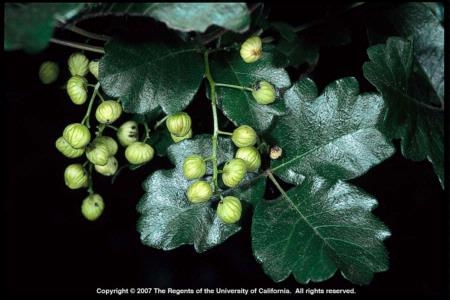
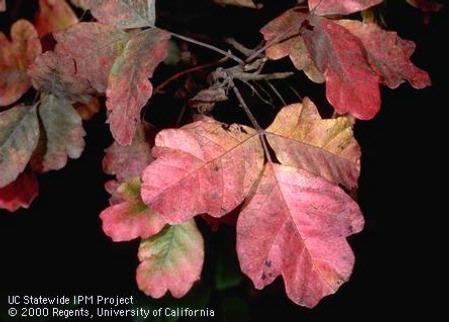
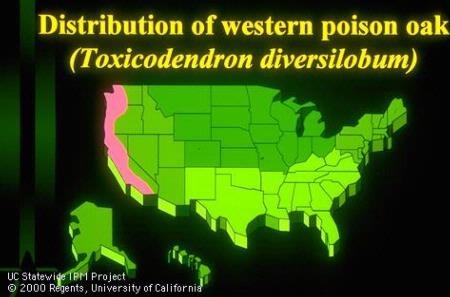
Invasive plants at your local nursery?
A small group of Ventura County Master Gardeners have received additional training which allows them to survey nurseries and provide information to nursery owners. This program is part of a statewide UCCE effort designed to help reduce the spread of invasive plant species.
Currently many nurseries unknowingly sell invasive plant species. Consumers many not realize the plants they are purchasing are invasive and are likely to cause harm to our local ecosystems. The Master Gardener volunteers talk to the nursery owners and provide suggestions to nursery owners for replacement plants, which have similar characteristics to the invasive species as alternatives for their customers.
Many resources are available to help consumers avoid planting invasive species. The UC Davis Arboretum has an extensive database of recommended plants for California gardens. The California Invasive Plant Council has a Don’t Plant a Pest page on their website; in addition to recommending alternatives, photos of commonly seen invasive species are provided. You can also contact our Master Gardener helpline at 645-1455 or by email at mgventura@ucdavis.edu.
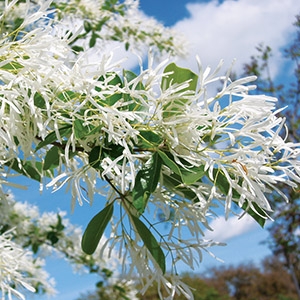
Chinese fringe tree Chionanthus retusus
UC Davis Arboretum recommended plant for California gardens
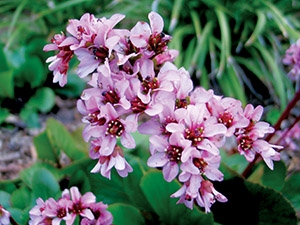
Pigsqueak Bergenia crassifolia
UC Davis Arboretum recommended plant for California gardens
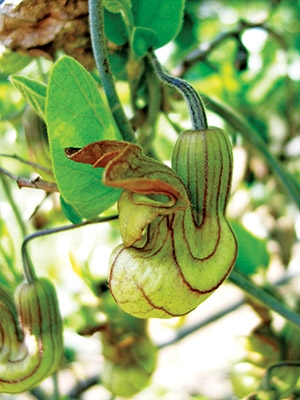
California pipevine Aristolochia californica
UC Davis Arboretum recommended plant for California gardens
